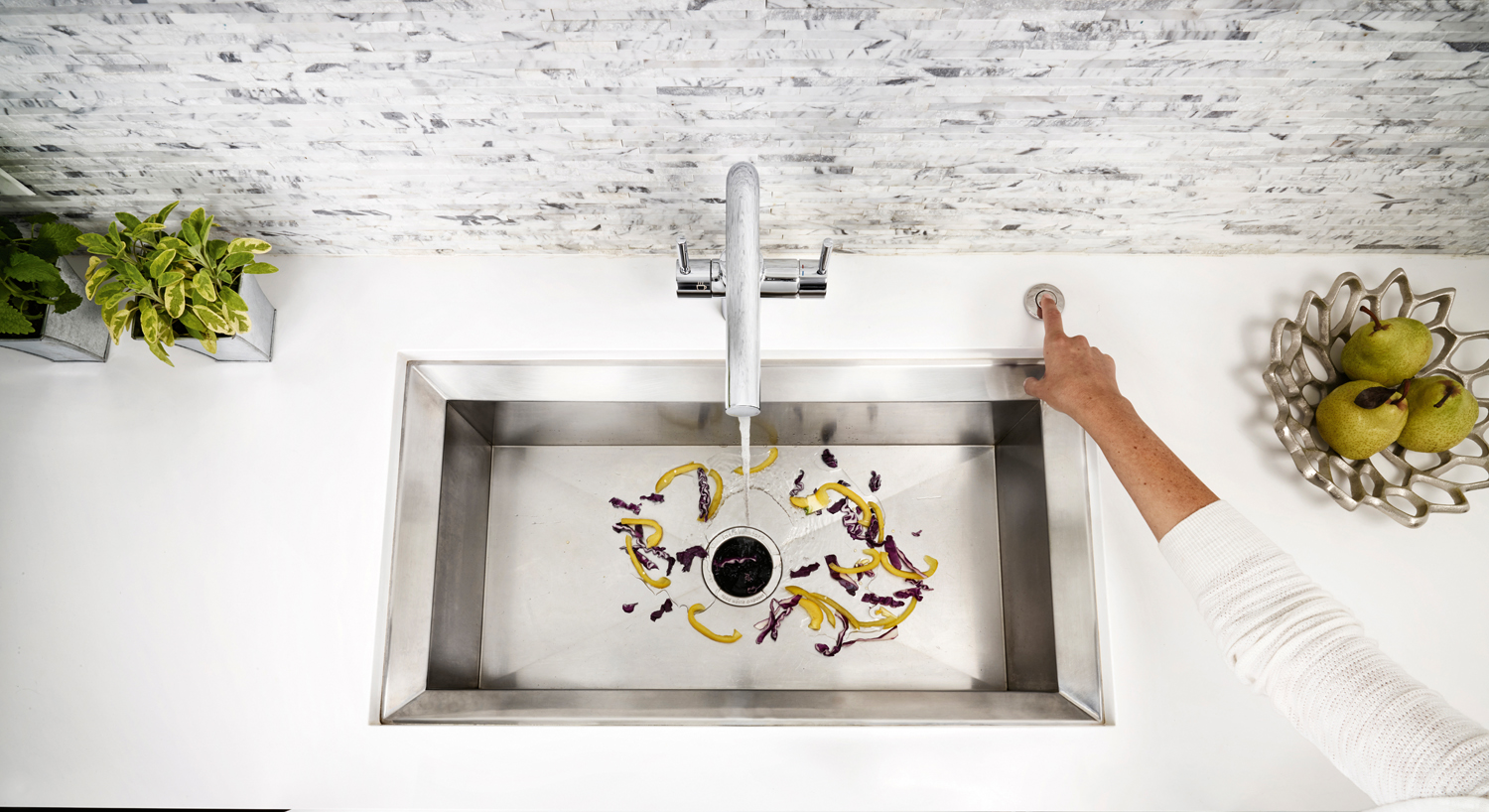If you want a flourishing herb garden, follow these simple growing and harvesting tips
1. Growing herbs in pots
Many herbs grow well in containers and troughs. Use large rather than small pots and a good-quality potting mix rather than garden soil. Thyme, parsley, bay, chives, basil and tarragon all do well in pots. As these are all herbs you will want to pick frequently, it’s worth having them growing near the kitchen.
Although herbs can be brought into the kitchen in pots and grown on a sunny window sill, this should be done for winter rather than permanently, as herbs do best outdoors. Herbs in pots need regular applications of liquid fertiliser in the growing season. Perennial herbs in pots should have a spring top dressing of a slow-release fertiliser.
2. Cultivating herbs
Herbs are easy to grow. Many — catmint, chamomile, rosemary, sage, thyme and tarragon — for example, are of Mediterranean origin and like well-drained, relatively dry soil. Good drainage is even more essential in tropical climates where root rots are common. Raised beds are recommended. In hot areas, don’t place a saucer underneath pots.
Most do best in full sun or at least morning sun. A few (angelica, bergamot, chervil, mint and parsley) will tolerate some shade. These also like moist — not wet — soil, and watercress requires constant running water. Most of the Mediterranean climate herbs like some lime in the soil. Basil, caraway, dill, garlic, parsley, lovage and borage also require it.
3. Acquiring new plants
Many annual and perennial herbs are easily grown from seed and can be sown directly into the garden. Alternatively, they can be raised in pots or punnets and transplanted to the garden. Good-quality plants, sold in small pots, are produced by specialist growers and these are worth considering, as some fast growers (salad burnet, rocket, chervil) need only a short time to establish themselves before you can start picking them. Some herbs are best bought this way as seed-grown plants may not have good flavour. Look for healthy, compact good-coloured plants.
Many herbs are easily propagated from cuttings (thyme, rosemary) or rooted divisions (mint, oregano) so are easily acquired from other gardeners.
4. Maintenance tips
Most perennial herbs need trimming to keep them in shape and confined to their allotted space. They tend to become woody at the base if they are not pruned. These and many annuals also need to be cut to prevent them from going to seed. Regular pruning also promotes more flavoursome growth. This can usually be done by harvesting. Those grown for ornamental use can be allowed to flower and many have attractive flowers.
Some perennials take a year or two to establish. It’s best not to cut these too heavily in the first year. It’s advisable to take cuttings or rooted divisions of them regularly to ensure a supply of young plants.
Adequate summer water is required by many herbs; annuals and parsley will go to seed quickly if they don’t have it. Avoid overhead watering of Mediterranean types as it may cause fungal disease. While most herbs have a reasonably high fertiliser requirement, avoid over-fertilising sage, marjoram or thyme as it leads to spindly growth.
5. Harvesting your herbs
Pick only a small amount of a plant at any time and give the plant time to regrow before cutting it again. Cut spigs carefully with secateurs or scissors rather than trying to break them as tugging may uproot them. Don’t ask children to pick herbs for you for this reason! Harvest parsley by picking the outside leaves; this encourages new growth in the centre.
6. How to dry herbs
Harvest herbs for drying just before they are coming into flower; this is when they have the strongest flavour. Pick them when they are dry, tie the stems together and hang them upside down in a dry, airy, shady place until they are quite dry.
Some people recommended dehydrating them in a slow oven or microwave. When dry, store them crushed or uncrushed in airtight jars.
Herbs can also be preserved in the freezer, either by wrapping whole sprigs or chopping soft–leafed types (parsley, mint) and freezing them in ice cubes. With either method they will then only be useful for adding (frozen, not defrosted) to the cooking pot rather than in salads or as a garnish.
7. Other uses for herbs
Herbs lend themselves to both formal and informal planting, to growing in a separate spot or to being scattered in garden beds. They can be grown in rockeries or used as edging (parsley, chives, small-growing thymes). They can be dotted around paved areas, scattered irregularly between courtyard stones, used as edging to paths and grown in many different types of tubs.
Use herbs with coloured foliage (thymes, purple-leafed sage and basil, golden marjoram) to enhance a garden bed, and those with aromatic flowers or foliage (lavender, scented-leafed geraniums) near the house, steps or an entranceway. The feathery foliage of fennel or the blue-green leaves of rue make them both suitable for mixing with ornamentals. Those you gather frequently for cooking should, of course, be grown near the kitchen. Others can be grown at the side of a vegetable patch.
And don’t forget, even though we most commonly use the foliage of culinary herbs, the flowers of some are also edible. Rosemary, borage, thyme, chive, basil and sage flowers can all be used. Lavender flowers can be used for flavouring icecream or biscuits

